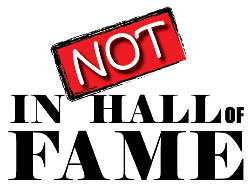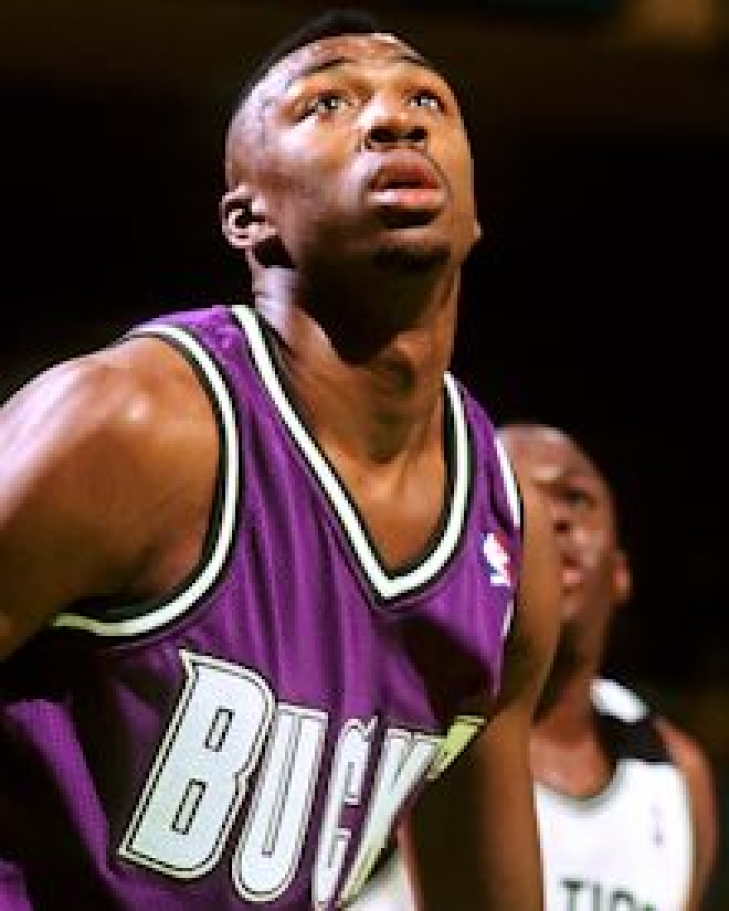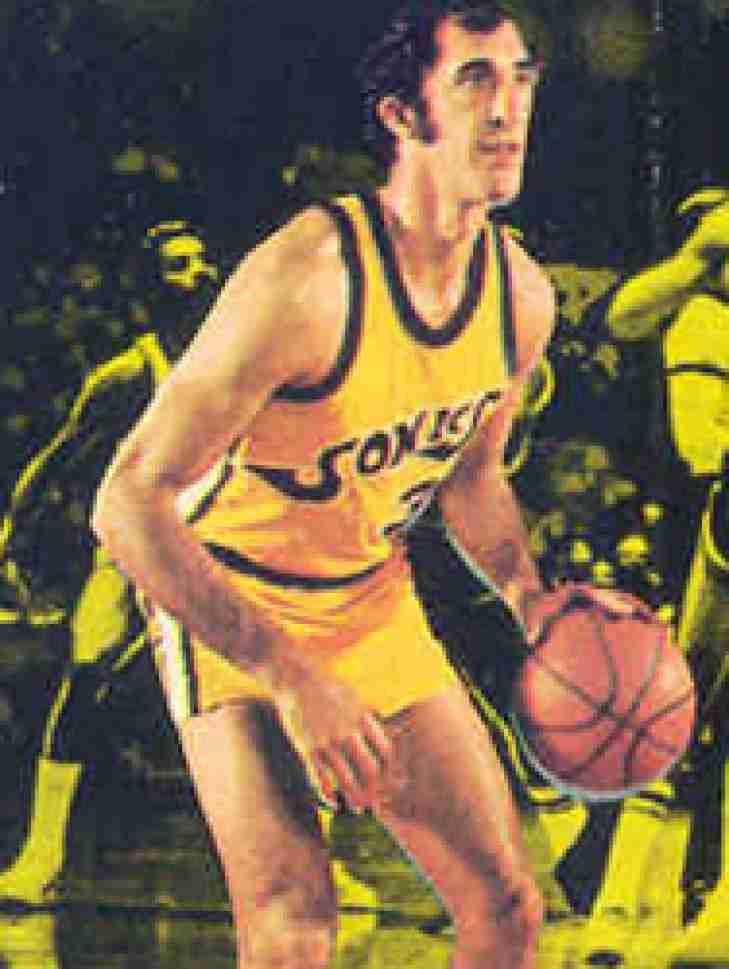82. Vin Baker
Vin Baker was a three-time First Team All-MEAC and 1993 MEAC Player of the Year at Hartford and was the eighth Overall Pick in 1993 with Milwaukee as his landing place. Baker saw a lot of minutes early as a rookie (31.2), and he broke out in his second campaign where he went to his first All-Star Game, averaged a double-double (17.7 Points and 10.3 Rebounds) and led the NBA in Minutes per Game (41.0).
Baker continued to grow his game and the master of low post scoring put up his best numbers over the next two seasons (21.1 PTS/9.9 RB & 21.0 PTS/10.3 RB) where he again was an All-Star, but also added a Third Team All-NBA Selection in 1996-97. Baker proved he was an excellent basketball player, but he had little help on the Bucks and never saw any playoff action in Milwaukee.
The struggling Bucks traded him to Seattle, where he had his most complete season in the sport. An All-Star for the fourth straight year, Baker was also a Second Team All-Star and was eighth in MVP voting. Baker also had career-highs in PER (20.4) and Win Shares (10.4), and this should have vaulted the Power Forward to the next level, but, alas, there were issues behind the scenes that hindered his growth.
Baker was dealing with alcohol issues that progressively got worse. He was still a potent player, but at a time when he should have been in his prime, Baker’s stats were declining. The Sonics traded him to Boston in 2002, but his play got much worse, averaging only 5.2 Points in 2002-03. He was better the year after, but showed up to practice drunk. Baker was suspended and then released, but the New York Knicks picked him up, but was largely ineffective in a reserve role. He played 11 more NBA Games, three with Houston and seven with the Los Angeles Clippers, and Baker became more of a cautionary tale than a superstar.
41. Vincent Askew
Vincent Askew was very much a journeyman in the NBA spending time with Philadelphia, Golden State, Sacramento, New Jersey, Indiana, Denver, Portland, and Italy. Of course, Seattle was one of those stops, and it was there where he had his most productive and stable run in basketball.
27. Tom Chambers
With the Seattle SuperSonics for five of his 16 years in the NBA, Tom Chambers was a workhorse for the club.
25. Hersey Hawkins
An All-Star in 1991 with Philadelphia, Hawkins joined the SuperSonics after being traded from the Charlotte Hornets in 1995. Hawkins would play in Seattle for four years and would average 15.6 Points per Game in his first year as a Sonic, which would also see him help the team reach the NBA Finals.
The Top 50 Oklahoma City Thunder of all-time are now up!
We are ready to unveil a new Top 50, and again it comes from the hardwood. It is the Top 50 of the Oklahoma City Thunder.
Originally, the Seattle SuperSonics, the franchise would win the NBA Championship in 1979, the year after they went to their first NBA Finals. The Sonics would again go to the Finals in 1996, though would lose to the juggernaut that was the Michael Jordan led Chicago Bulls.
As much as the Seattle fans supported their team, a new ownership group from Oklahoma City purchased the team and brought the franchise to the state of Oklahoma, the first major franchise to arrive there.
Now known as the Oklahoma City Thunder, “OKC” would go to the Finals, though they would fall short against the Miami Heat.
As the city of Seattle owns the rights to the Sonics name, a new team in the Emerald City would revert the history of this team in Seattle away from the Thunder, however as it stands now, this list begins from 1967, when Seattle first gained a team.
The entire list can be found here but for those who want a sneak peak, the top five are:
1. Gary Payton
2. Kevin Durant
3. Russell Westbrook
4. Jack Sikma
5. Shawn Kemp
This list takes into account traditional statistics, advanced metrics and playoff performance.
It is up to the end of the 2015-16 Season.
Up next will be another NBA team, with the Atlanta Hawks.





















